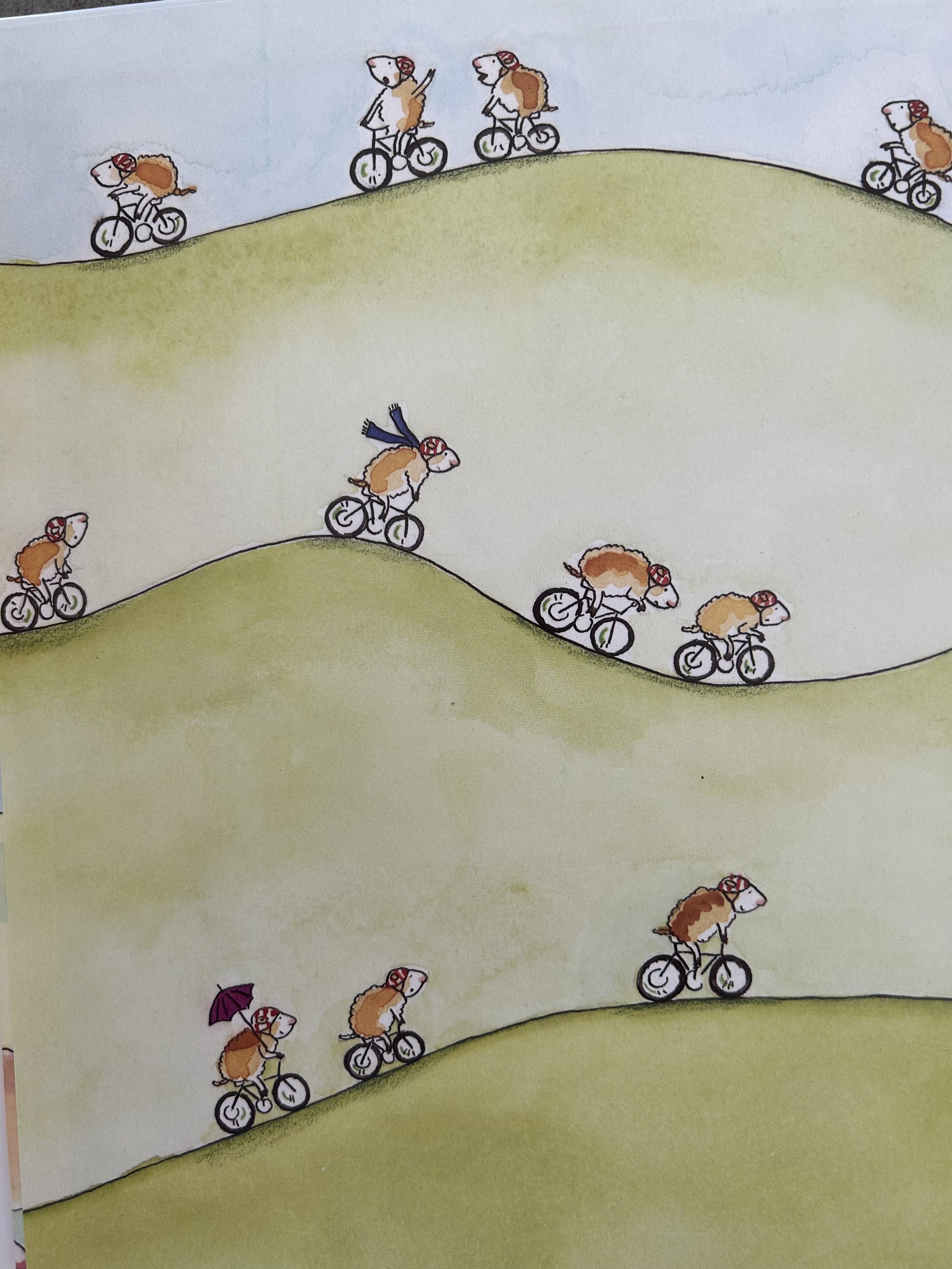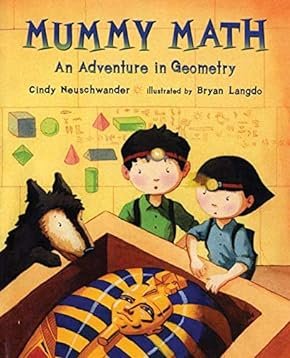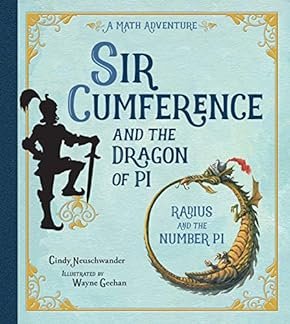
SLO LIFE MAGAZINE


THE WALL STREET JOURNAL
PAGE ONE
If Pious Revelry Gets You Down, Calculate the Joys of Pi Day
By
June Kronholz
Staff Reporter of
THE WALL STREET JOURNAL
March 15, 2005 at 12:01 am ET
Figure this: yesterday was Pi Day. March 14, the third month, 14th day. As in 3.14, roughly the ratio of a circle's circumference to its diameter. One lucky number with its own celebration.
And no way around it, it was a calculated blast.
At Hazelwood West High School in suburban St. Louis, Elaine Harke's classes measured food. McMuffins, it turns out, aren't exactly round, but close enough to compute diameters and circumferences.
At nearby LaSalle Middle School, youngsters sang pi songs such as this one, to the tune of "Oh Christmas Tree":
Oh number pi, oh number pi,
Your digits are unending.
Oh number pi, oh number pi
No pattern are you sending.
You're three point one four one five nine
And even more if we had time.
Field School in Washington D.C., held a pie-eating contest -- and featured chicken pot pie for lunch.
Hayes High School in Birmingham, Ala., held a math competition. The prizes: chocolate and marshmallow MoonPies. To carry the lesson an extra few decimal points, Hayes announced the winners at exactly 1:59 p.m. The time was meant to remind students that the next three digits in the value of Pi, an irrational number with an infinite number of decimal places, are one, five and nine -- as in 3.14159.
Hazelwood's middle school had a digit-reciting contest. Crystal Naes, a seventh grader, won by reciting the first 205 digits to the right of pi's decimal point. She had memorized about 370 digits, she says, but "the last numbers were sort of floating out there." Her prize: a chocolate pie.
Senior Joe Hultzen, teacher Jake Hirsch and junior Danny Wolk feted Pi Day at Field School in Washington D.C. yesterday.
All this to celebrate the 16th letter of the Greek alphabet, which was first used as a mathematical symbol in 1706 by William Jones, an English mathematician and sometime proof reader for Sir Isaac Newton. The Babylonians established a relationship between diameter and circumference in about 2000 B.C., but the big mathematical breakthrough came with Archimedes, who pinned down that relationship at 3 1/7.
Pi Day went unheralded, though, until it began springing up serendipitously on Web sites and in teacher chat rooms. San Francisco's Exploratorium began celebrating the day 18 years ago with "very hippie-dippy stuff," says museum spokeswoman Leslie Patterson.
This year, the Exploratorium held a Pi Parade, with staffers marching from a clock set to Greenwich Mean Time on one floor to a brass plate on the mezzanine that notes pi's value -- the "pi plate," Ms. Patterson calls it.
Now, Pi Day Web sites promote math activities, lesson plans, products, movies, reading lists ("Sir Cumference and the First Round Table" by Cindy Neuschwander is one children's math book pick). Some creative types even dreamed up Pi Day fund raisers.
At Washington's Field School, for instance, students voted with pennies for the teacher they'd most like to splatter with a whipped-cream pie. The proceeds will go toward leukemia research. At Thomas A. Edison Vocational High School in Jamaica, Queens, teachers have baked and donated 40 pies, hoping to raise $500 toward a math-department scholarship.
All the fun aside, Edison's principal, Ilona S. Posner, says the day is a way to get students to see math as part of their everyday lives. That's no small worry: In two recent international math comparisons, U.S. youngsters scored below most other developed countries despite decades of National Science Foundation funding of math education.
Most Pi Day celebrations come with a heavy serving of math. At LaSalle Middle School, eighth grade teacher Steven Schmitt says he's using the day to review area and circumference -- two math concepts that he figures will be on the state exams this spring.
"It's a break for the kids -- we haven't had any snow days this year," he says. But it's also "a teachable moment," he adds, a "chance to beef up on basic skills." LaSalle's middle schoolers measured the circumference of coffee cans, tennis-ball tubes and other circles and spheres, then divided by the diameter to see how close they could come to 3.14.
Likewise, at Birmingham's Hayes High, math department head Bernard Warren used Pi Day to prep his students for the Alabama high school graduation exam. Among other things, he's having students find the mean, median and mode of the first 50 digits of pi. The school has given out "hundreds and hundreds" of MoonPies in prizes, he adds.
Field School, after the pie-eating and pie-throwing hijinks, gave all students pi-related math homework. The problem for Algebra I students is about "a cakewalk in the xy plane" when the "winning spot is at the position (0,1)."
And to show the randomness of pi, lesson plans suggest having grade schoolers thread a necklace with colored beads: one color for each number between zero and nine. There's no pattern to the necklace, the lesson plan points out, because there's no pattern to the unending number that is pi (although, 763 places to the right of the decimal point, there are six nines).
There's seems no shortage of Pi Day products to fuel the celebrations, including a yard-long banner, a meter-long banner and a 31.4-foot-long banner of Pi decimals. One Web site, 123greetings.com, offers free Pi Day e-cards. Hazelwood's Ms. Harke wore a T-shirt declaring herself a Sweetie Pi, while her colleagues wore Chocolate Pi and Pi a la Mode T-shirts to school.
"We're getting kids enthused about math," she says.
So what's to be done to get kids excited about, say, chemistry? Well, that would be Mole Day, which lauds the mole, a measuring unit tied to Avogadro's Number. Avogadro's number is 6.02 x 10 to the 23rd power. Be prepared to celebrate on Oct. 23, between 6:02 a.m. and 6:02 p.m.
-- Jessica Mintz contributed to this article.








